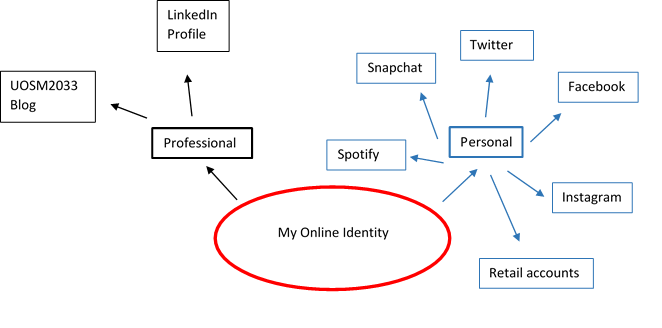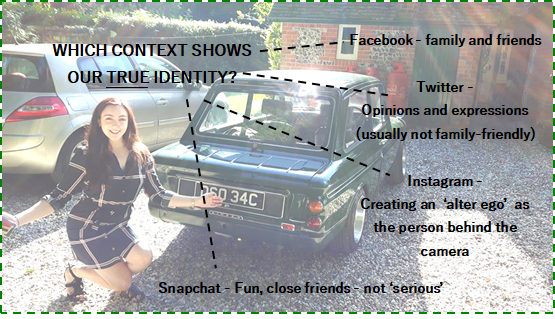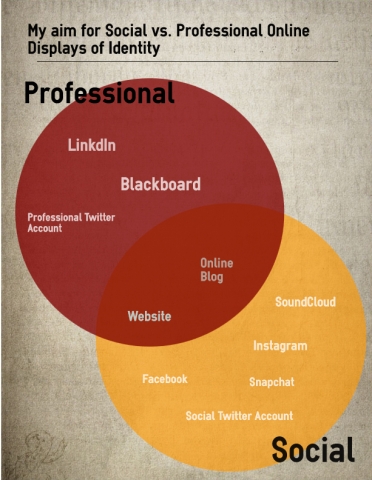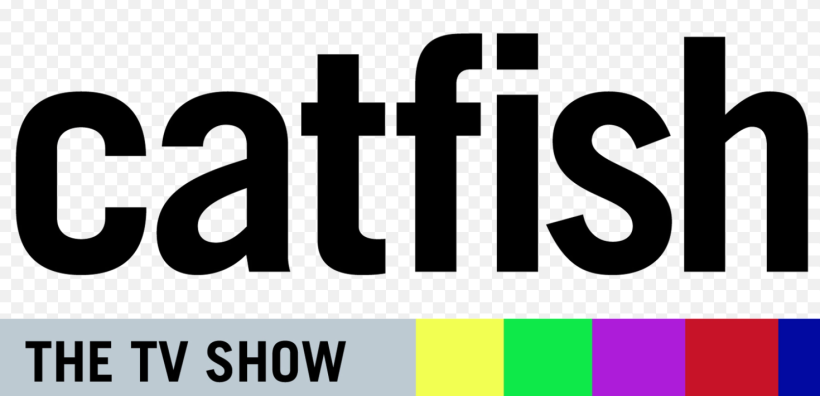
Who do you think I am?
Peter Steiner’s cartoon depicts the separation between real life and the old web (Krotoski, 2012), but does this distinction still exist today?
Virtual networks were developed in the early 60s. During this time users took a more passive role of simply accessing and consume resources (Costa and Torres, 2011). The previous decade has seen a shift of the role of users within the web, now taking a role of increased interaction through social networking and participation (ibid.
Continue reading →







